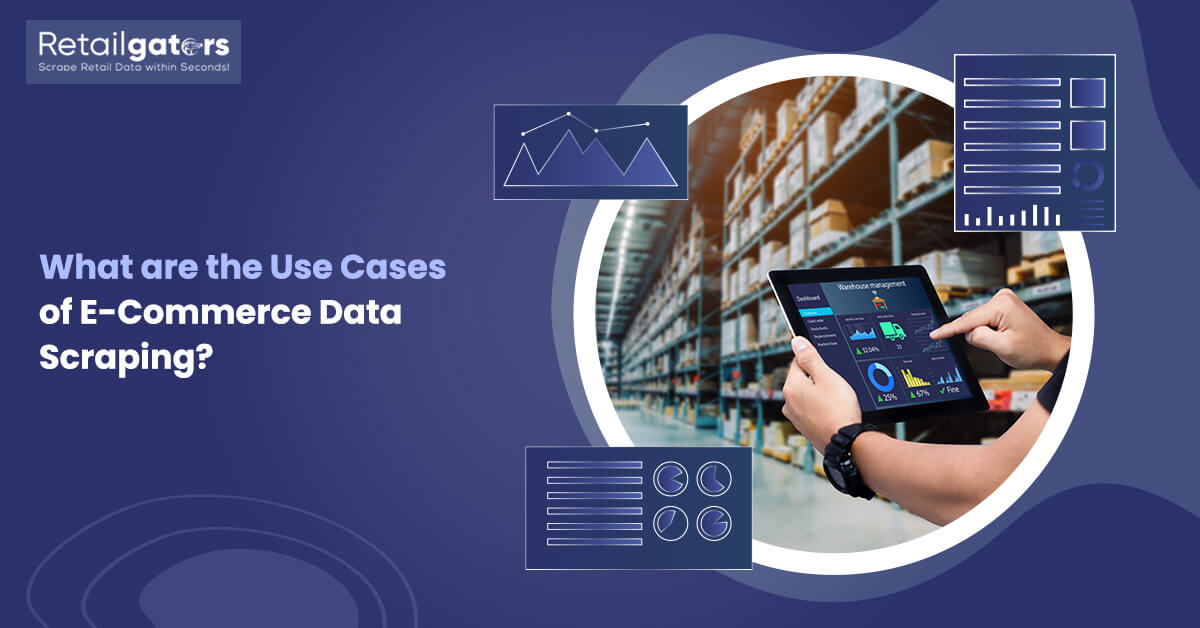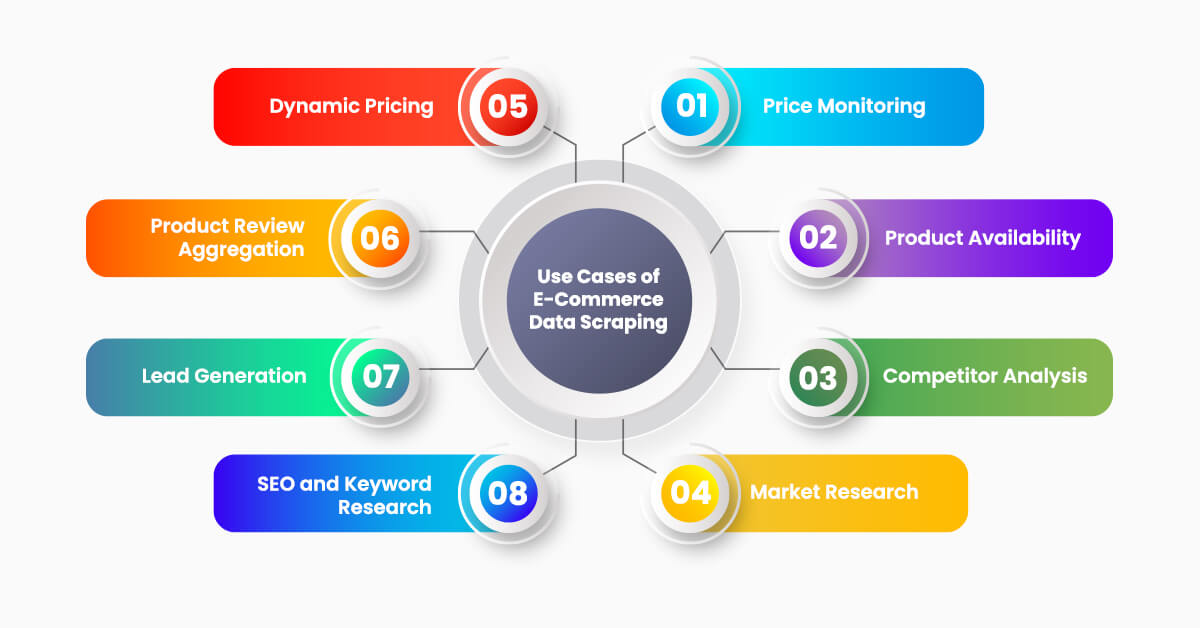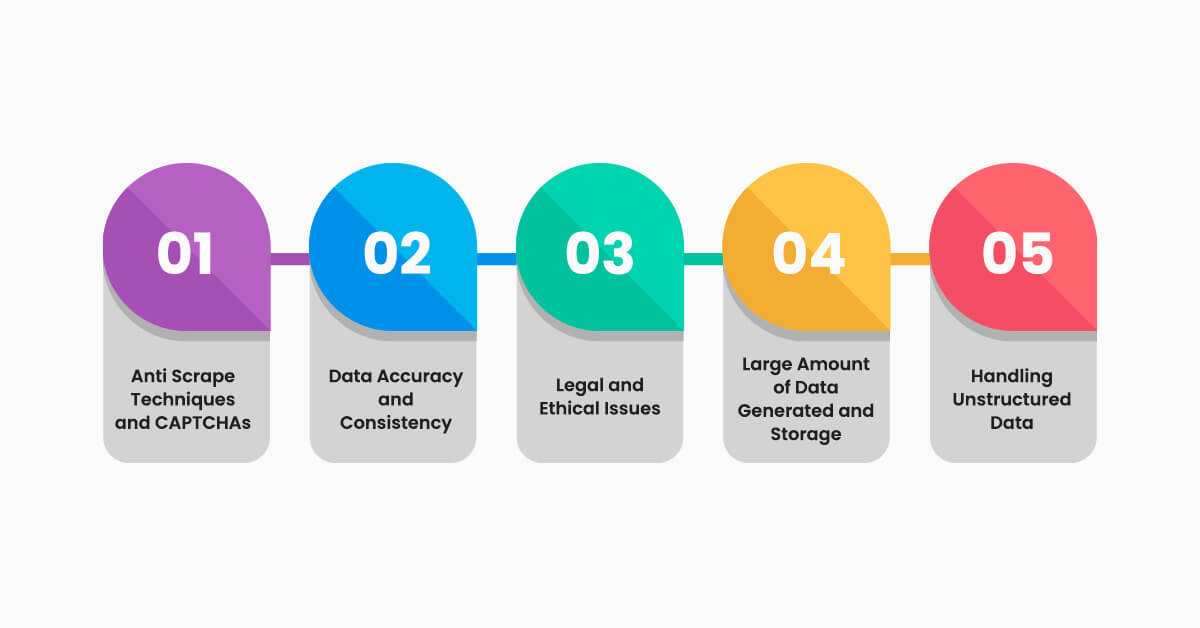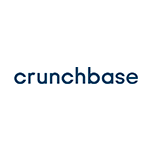
In the era of e-commerce and multiple interconnected platforms, data becomes the key to sustaining competitiveness, making sound decisions, and providing personalized offerings to consumers. Web scraping or e-business data scraping entails the action of scraping e-commerce data from websites of stores and markets. With this practice, it becomes possible to get some foundational information about the pricing strategies, stock availability of specific goods, strategies implemented by competitors, and even the behavior of buyers in real-time.
Through these specific data points, it becomes possible to develop an environment that is far more adaptive and structured with the help of a data-driven approach for inventory, markets, and more. In this blog, we will look at the most important application areas of eCommerce Data Scraping and examples of how it helps companies to remain as reactive, inventive, and client-oriented as possible in the shifting market environment.
Understanding Basics of Data Scraping
Web scraping is a process of gathering a large quantity of data from a website through an automated procedure. It is much less tedious than copy-paste, as rather than copying information from a website using a keyboard, web scraping uses code to visit sites and extract data, such as product prices, reviews, and other text. The data can be sorted and stored in a tabular structure, which can be easy for analysis or for future use for any purpose, such as business research or price analysis.
Understanding Basics of eCommerce Data Scraping
eCommerce Data Scraping is the process of extracting information about online retailers and their products with the help of automated tools or scripts. Such information includes product information, price, reviews, stock, customer rating, and other information that the customer may need. The data is collected manually and requires a lot of time and a personal touch to compile the information into a format best described by a business tool like a spreadsheet or a database. This is achieved by allowing the application to analyze how one would use a website.
It relays requests to the site's server, receives back the HTML code, and then scans for data you want, such as pictures, text links, etc.
Use Cases of eCommerce Data Scraping

The use cases demonstrate how eCommerce Data Scraping can drive smarter, more strategic decisions across all segments of an online business, from marketing and product development to operations and customer engagement.
Price Monitoring
With web scraping, it becomes possible for businesses to monitor the prices of their competitors on different websites such as Amazon, eBay and other online selling sites. Instead of using a checklist of price ranges, scraping tools provide current information on the going rate set by competitors for similar goods. It also enables companies to change their own prices so that they can also remain affordable. For instance, let us assume that a retailer sees that a competitor is selling a certain product at a lower price; they can reduce their own selling price in order not to lose customers.
Product Availability Tracking
Companies employ web scraping to identify product availability on their own and competitors' websites. It can be helpful when they re-supply or re-launch products when competitors are not stocked up. For instance, if a competitor does not have stock of a particular item, a business can immediately create a marketing offer or promotion for that specific product as customers search for it. It makes businesses capable of adapting to current market situations and allows them to have a competitive advantage in situations where competitors suffer from scarcity.
Competitor Analysis
Web scraping assists companies in gathering specific information concerning opponents, like the merchandise they appear to offer, their costs, consumers' feedback, and promotions, among others. As such, firms can analyze their portfolios against those of their competitors, define critical issues and needs in the market, and tailor their marketing and product strategies in response to these issues. For instance, it is usually possible for a business to realize that a competitor is likely to offer customers some discounts, which may lead to the company offering better deals or better value prices.
Market Research
Apart from customer reviews, sites like e-commerce websites present businesses with valuable information about what customers like or do not like about products for sale. This way, firms can notice some demand tendencies, find out what customers complain about most often, and adapt their own goods. For example, if many clients are dissatisfied with some element of a competitor's product, a firm can alert theirs to that shortcoming, putting it in a position of strength.
Dynamic Pricing
Web scraping assists business organizations in implementing such dynamic pricing strategies. Product availability means that prices should change dynamically due to factors such as competitors' prices and demand, among others. For instance, if a competitor offers the same product at a lower price, a business can set an auto trigger to lower its cost. Airlines and hotels mainly use dynamic pricing to charge as much as possible at certain times of the year, times of the week, or when supply is less.
Product Review Aggregation
Companies must access all the reviews from different e-commerce sites through web scraping. This helps them gain insights into customers, know what issues their products frequently release, and how to address them. For instance, if a company sees that customers are leaving positive feedback on different channels, it can use such feedback in advertising. At the same time, if it detects negative feedback, it can improve the product and meet customers' complaints.
Lead Generation
Web scraping can also be used to gather other details, like emails or phone numbers, in any business profile or even in the product list on e-commerce company websites. The information can be used to create sales leads or relate to potential partners, suppliers, and customers. For instance, a business may use its web crawlers to gather data such as phone numbers and email addresses of its potential suppliers on e-commerce sites to connect and form new business relationships.
SEO and Keyword Research
Product listings, descriptions, and customer reviews are scraped to provide a business with info on keywords that assist the company in SEO. This means learning the popular keywords that buyers or competitors use and adapting them as key phrases in their product offers and promotion texts. In this way, companies can enhance their performance by ranking in Search Engine Result Pages, particularly Google, leading to more website traffic and profits. For instance, if a certain aspect of a certain product is mentioned often and highly in the reviews, a business can consider using that feature to rank the business higher regarding a specific search.
Challenges of eCommerce Data Scraping

Anti Scrape Techniques and CAPTCHAs
Most e-commerce websites have measures against scraping, which include using CAPTCHA, blacklisting IP addresses, and rate limiting.
Such protections can help minimize entry to important information, disrupt effective data gathering, and result in inadequate data sets.
Data Accuracy and Consistency
Websites frequently update their layouts, product listings, and content formats, which can disrupt scraping scripts and lead to inaccuracies or data gaps.
Inconsistent data impacts the quality of insights and can result in flawed analyses or misguided business decisions.
Legal and Ethical Issues
Web scraping is legally ambivalent. Such practices are unlawful because they violate Terms of Service or data protection regulations, including GDPR.
Lack of compliance may result in legal consequences, penalties, or loss of a brand’s image, therefore its consideration is inevitable.
Large Amount of Data Generated and Storage
Web scraping of big e-commerce stores produces big data, which requires extensive storage and computational power to manage.
Expenses such as storage, cleaning, and processing data may prove exorbitant for an establishment needing to accommodate a small to medium-sized company.
Handling Unstructured Data
Product descriptions, customer reviews, user-generated content, and so on, are frequently unstructured which makes it challenging to scrape and particularly mine them using typical tools. Structuring of big data reduces the efficiency of data processing since unstructured data required advanced methods such as natural language processing (NLP).
Best Practices of E-Commerce Websites Scraping
Thus, web scraping can be quite beneficial in the case of business. However, there are legal and ethical issues that must be kept in mind while scraping, especially for e-commerce websites. Below are some best practices to ensure compliance while extracting data:
Prioritize APIs Over Scraping
Always use an online API whenever one is available. APIs allow you to legally get the required website data and do not violate the website's Terms of Use.
Use Reasonable Crawl Rates
Fix an appropriate crawl rate to prevent overloading the website's servers. Many synchronous requests could adversely affect performance and warrant legal action, depending on statutes like trespassing to chattels. However, it has to be done slowly so that it does not interfere with the website's normal operation.
Optimize Crawling Patterns
Prevent duplication by storing URLs that have already been crawled so that it does not crawl a link more than once. In the process, if the scraper fails, at least the URL allows you to continue from where it was instead of beginning all over again, which puts a lot of pressure on the server.
Use Anonymization Techniques
To protect privacy and avoid detection, employ anonymization techniques such as:
It shall also change the IP addresses in a circular way to ensure that a certain source is not Overwhelmed with too many requests for information.
Employing headless browsers
They adapt the User-Agent strings and have random time intervals between request-making to enhance anonymity. However, do not forget that anonymization techniques decrease legal exposure but do not completely erase it.
Extract Only Necessary Data
Only collect as much data as you expect to use in your project. Too much redundant data can also be tiring on the website and may sometimes cause legal problems. Don't collect much information about the competitors but concentrate on the necessary factors, such as prices, descriptions, and product availability among the competitors.
Assess Copyright Issues
Check the site to see its policies, terms of service, and various pages to check its copyright policy. Do not copy information from websites by scraping if it is protected, such as images or text. It is always advisable to consult a lawyer in case of doubt.
Bottom Line
The e-commerce industry is becoming highly popular and customer-centric, requiring real-time monitoring of competitors. Data scraping is a powerful tool that allows companies to collect necessary data from various online stores. Using advanced data scraping, Businesses can track competitor prices, monitor new product releases, understand customer behavior, and compare their offerings with other sellers in real-time. This information helps companies stay competitive by adjusting their pricing strategies, improving product research, and making informed decisions. This makes it an indispensable tool for staying ahead in the fast-paced e-commerce market. At RetailGators, we understand your business requirements and potential threats. Using our own web scraping software and business expertise, we offer your firm the possibility to experience all the benefits of web data.
Need help? RetailGators is here to help you through each phase of your journey.








Leave a Reply
Your email address will not be published. Required fields are marked